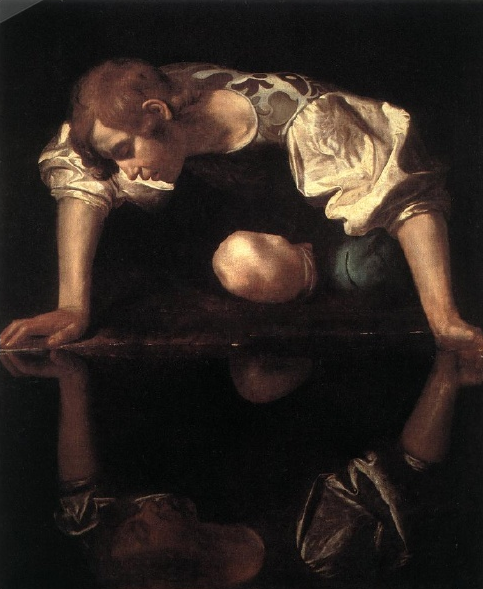Long ago, there was a wealthy father with two sons. One day, his second son asked to inherit his properties in advance. His second son received the properties and left his hometown. He roamed around away from home and frittered away his wealth through a dissipated lifestyle. He finally became a swineherd in poverty and returned to his father. Then, with tears of repentance, he begged his father to accept him as his worker.
The father had been waiting for him for a long time but he did not blame his son nor did he tell him off. He forgave him and affectionately embraced him. Then, he gave him good clothes, a good ring and a pair of new shoes. He threw a party for his son that included a chubby veal.
The first son looked at such a joyful party and resented his father who fully embraced the returned prodigal son. His father had never thrown a party for him, with even a goat to celebrate with his friends, even though he was always with his father and lived righteously.
Then, the father said, “You were always with me and all of my properties are yours. Your younger brother died and came back into life. I had lost him and regained him. So, we should rejoice and feel happy.”
This story is an anecdote about a prodigal son from the Bible. The conflict that arose between a dissipated son, a model son and a merciful father was suitable to describe human mind and parental love that is forgiving and patient like god’s love. This story has been recreated as art pieces by so many artists.
Let’s appreciate one of the art pieces, Rembrandt’s The Return of the Prodigal Son.
<The Return of the Prodigal Son>, Rembrandt van Rijn, 1669
This piece focuses more on the embracing father than the prodigal son. It was painted in the last year of Rembrandt’s life. Rembrandt excellently depicted characters’ emotions through his unique soft lighting and shadow created by the light. The face of the ragged son cannot be seen but his bare foot without a shoe seems to stand out; however, illuminating light is imposed on the father’s face. The father forgives his son and embraces him with his hands. The more inspiring part is actually both of his hands.
If you take a close look, both of the hands are depicted in a different way. The right hand is soft like a female hand and the left hand is a larger masculine and rougher hand. From this, we can infer the delicate intention by the maestro Rembrandt. He is symbolized as a ‘father’ in the anecdote; however, Rembrandt might have also tried to express the true love of parents – a father and a mother – through his painting.
Parents’ love – enormous love without condition – is often compared to god’s love. This anecdote of the Bible must describe god’s love: humans lost their original nature, left their original place and live the self-centered life but when they return to god through repentance about their second nature, god embraces humans with love and without reproach. This painting by Rembrandt gives us a deeper inspiration than any other common stories of the human world could. It must have been possible probably because he expressed love of father and mother that is equal to everyone.
Another main character ‘the first son’ is in the dark side of the painting with excellent ‘shades.’ This elder brother, at the back of his father, is engulfed in jealousy and displeasingly looking at his younger brother. He can confidently say that he has always obeyed his father and lived righteously. However, he is more close to a prodigal than the second son due to his selfish mind in which he only cares about his security rather than his father or brother. From his own viewpoint, he could say that he lived a righteous life. However, if selfish greed is still in his mind, that would not be a truly righteous life.
The sin that one has committed melts away with tears when one truly looks back at the self and repents. As the father also saw tears of that sincere repentance, he would not have accused his second son of sin but affectionately offered his hands for forgiveness. In that way, the returned prodigal should be able to have a new beginning. I believe that not a single thing would be a sin to God with sincere repentance, love and forgiveness; and that the fresh mindset of having a new beginning would be only regarded positively. Rembrandt’s painting implies a new year to us and gives us a positive message of a new beginning. That is repentance and love.








